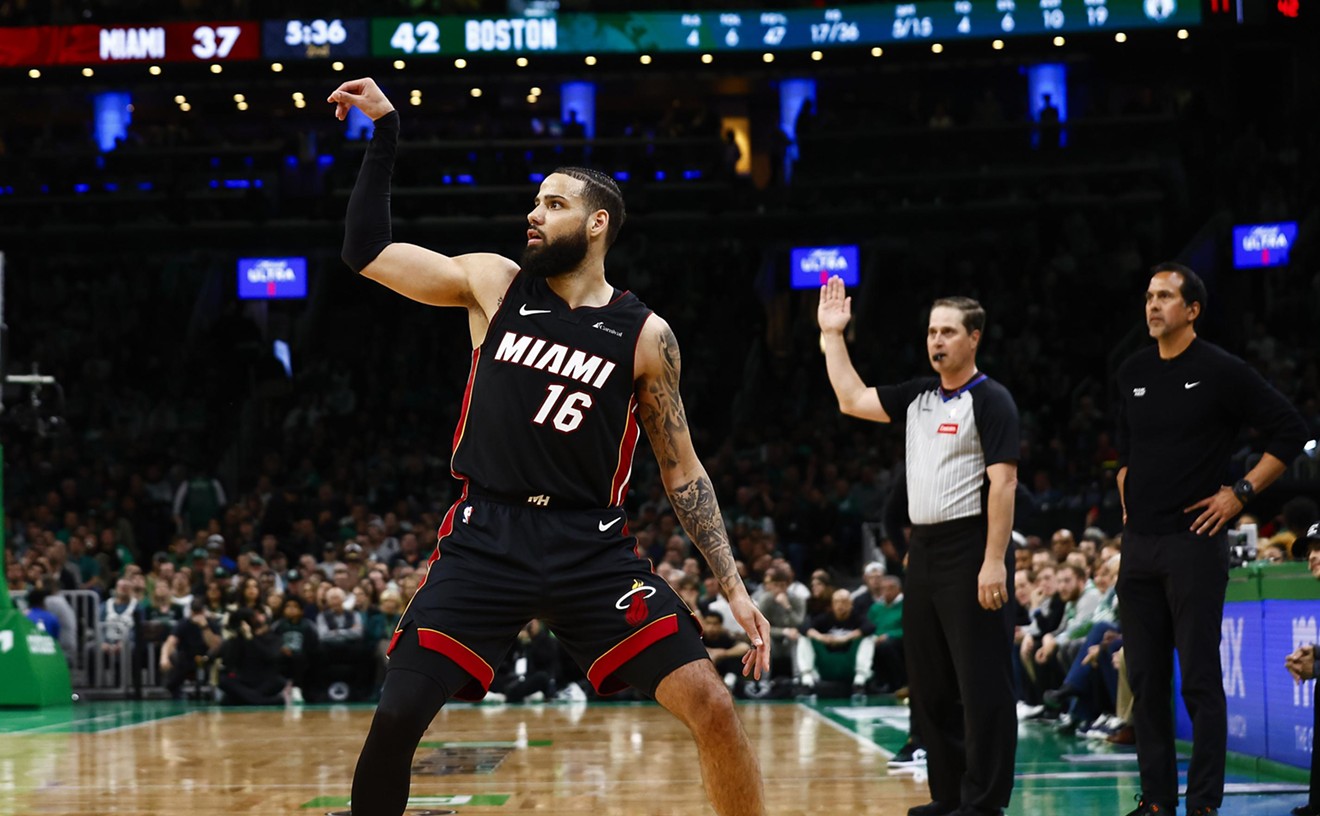Forty-six public meetings and nearly two million bucks in, Miami 21 got canned last Thursday to be reconsidered for 90 days, during which Miami can look forward to – surprise surprise – more meetings, and more costs. So, the Bike Blog decided to do its part and reconsider how Miami 21 addresses bicycles. We wrote about this subject several months ago, when the Bike Blog was directed to a portion of the Miami 21 code which read:
Bicycle use of thoroughfares should be as follows: Bicycles and vehicles may share use of lanes on thoroughfares with design speeds of 35 mph or less and should not share use of lanes on thoroughfares with design speeds of more than 35 mph. Thoroughfares may include dedicated bicycle lanes.
That was in April: before we go about re-deciphering it, let’s have a look-see at what the current – as of June 20, 2007 – incarnation of Miami 21 has to say about bicycles.
Bicycle use of thoroughfares should be as follows: Bicycles and vehicles may share use of lanes on Thoroughfares with design speed of thirty (30) mph or less and should not share use of lanes on Thoroughfares with design speeds of more than thirty (30) mph. Thoroughfares may include dedicated Bicycle Lanes. Greenways, waterfront walks and other Civic Spaces should include Bicycle Lanes.
Bicycle Lanes may be made part of Thoroughfares that have sufficient paving width to accommodate bicyclists’ safety. A City-wide bicycle plan may designate an interconnected network serving bicyclists with a series of routes that include Bicycle Lanes as well as Bicycle Routes that give bicycles priority, such as those Thoroughfares which parallel major corridors and which can be reconfigured to limit conflicts between automobiles and bicycles.
Besides the rampant, unnecessary capitalizing of the ‘T’ in thoroughfares, there are a few differences.
1) Now, bikes “may share use of lanes on thoroughfares with design speeds of 30” – and not 35 – “mph or less.”
2) Now, “Greenways, waterfront walks and other civic spaces should include bicycle lanes.”
3) A new paragraph provides for the possibility (“may”) of bike lanes, bike routes, and a “City-wide bicycle plan."
Transit Miami calls the changes “noteworthy,” but we’re not so sure -- especially when it comes to this “[Bikes] should not share use of lanes on Thoroughfares with design speeds of more than thirty (30) mph” business. Luciana Gonzales from the City of Miami Planning Department previously explained to the Bike Blog that this wording is meant to imply that although lanes shouldn’t be shared, there’s nothing stopping anyone from building bike lanes on those roads.
But a much more obvious interpretation is that bicycles are to be prohibited from all roads with speeds above 30mph – and that’s terrible. For one thing, such an interpretation would essentially put the kibosh on any non-recreational biking – biking to work; biking to get groceries; biking because you don’t have a car, or don’t feel like driving. For another, it’s illegal – bikes are vehicles and, according to the Florida Vehicle Code, have every right to the road that a car does.
As for the other changes, they just seem so weak, so uninspired, so . . . pathetic. Yes, they added two “mays” and one “should,” but how about some “musts” and some “are required to's?” The idea of a city-wide bicycle plan is a good one – Miami Beach has already come up with one and is starting to implement it — but Miami 21 does little more than make a quiet suggestion. The code looks like a lot of the language the county uses when talking about bicycles – vague, non-committal, and from a perspective in which bikes are still alien forces, threatening to disrupt good old institutions - like traffic.
By way of comparison, here’s a snippet from the Master Plan of the City of Montréal, a great biking town:
The City is reaching out to cyclists by creating a favorable and safe setting and by providing traffic conditions to accommodate their everyday trips. In fact, the Plan considers bicycles to be a full-fledged mode of transportation for all kinds of trips, including work, school, shopping and recreation. To achieve this, the Plan supports urban development focused on denser and more diversified neighborhoods that foster bicycle use by bringing cyclists closer to their destinations. This strategy includes a plan for a continuous, efficient bikeway network designed to improve access to the City's main activity areas, particularly its schools and commercial and employment areas.
See what I mean?










